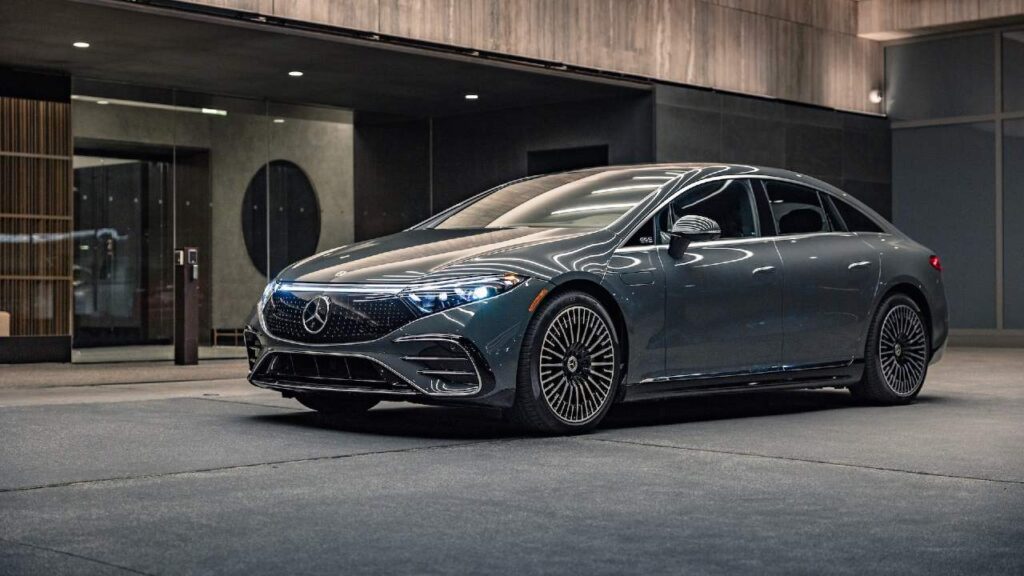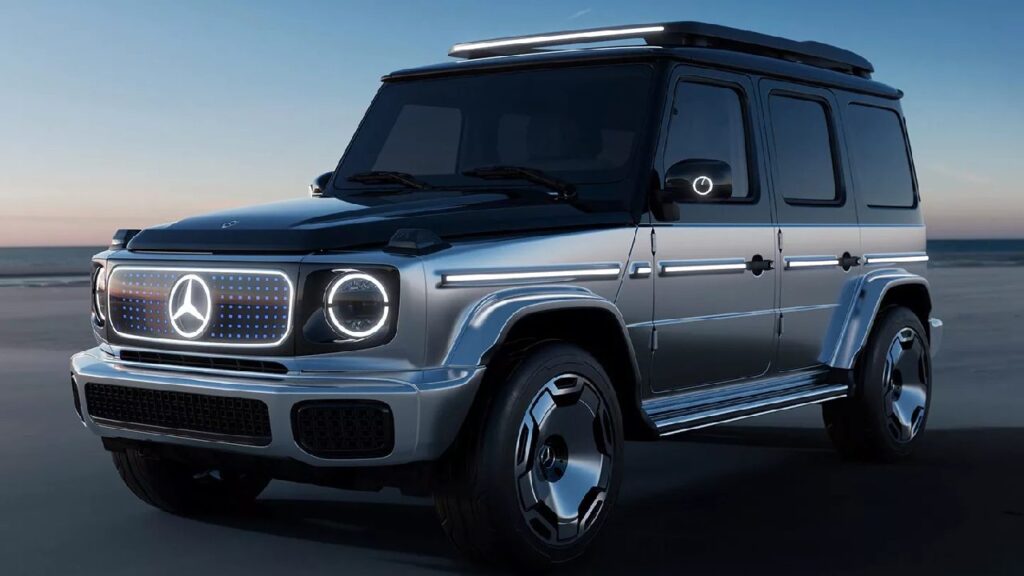EV Makers Reconsidering Their Ambitious Plans, Was Toyota Right All Along?
Many legacy automobile companies are backtracking on the ambitious plans to go full electric either toward the end of this decade or sometime in the coming decade. The ‘electric’ plans of legacy car makers to have a 100% EV portfolio in the coming years are beginning to look overstated. In the heat of the moment, the last couple of years witnessed auto giants jumping onto the EV bandwagon without any reservations. They wanted to transform their entire production facilities and portfolios to strictly offer electric cars in the coming decade. However, Toyota was never convinced about this idea. In fact, it has been receiving a lot of flak for it in recent times. The Japanese auto giant has been immensely bullish on hybrid and hydrogen cars. Interestingly, many legacy car marques initially thought of skipping the hybrid powertrains, citing them a waste of resources and time when the end goal was to ultimately go for complete electrification. But in just a couple of years, car companies are beginning to think that the sales might not keep rising exponentially for a sustained period. Mercedes-Benz is the latest legacy luxury carmaker to join this fray and announced that it might continue to offer its ICE cars for longer than previously thought. You might also like: Are EVs With 1000 km Range Still A Distant Reality? Plans Of EV Makers Too Ambitious? According to the latest Reuters report, Mercedes-Benz announced it’s pushing back its plan to switch to electric cars by five years. It promised investors it will continue to improve its traditional petrol engine cars. This makes Mercedes-Benz the latest car company to admit that people aren’t buying electric cars as quickly as expected. Now, Mercedes-Benz predicts that half of its cars will be electric or hybrid by 2030. This is five years later than what they said in 2021. Back then, they wanted half of their cars to be electric by 2025, with most of them being fully electric. Ola Källenius, Chairman and CEO at Mercedes-Benz said, “It is almost like we will have a new lineup in 2027 that will take us well into the 2030s.” This is a clear indication that the German luxury carmaker had overestimated the popularity and mass EV adoption. You might also like: Are EVs Really More Troublesome Than Non-Plug-In Hybrid Cars? Carmakers Who Are Reconsidering Their EV Plans There are some eminent names on this list. For instance, Ford had been cutting the production of its F-150 Lightning electric pickup truck. Moreover, reduced interest from the customers and dealers for the famed Mach-E has been detrimental in Ford having to reconsider its EV production plans. Another American auto giant, GM has also been re-assessing the situation. GM CEO, Mary Barra is also acknowledging that hybrids might be the way forward, at least in the near future. She remarked, “Deploying plug-in technology in strategic segments will deliver some of the environmental benefits of EVs as the nation continues to build its charging infrastructure.” Automobile giants like Volkswagen also wanted to skip the entire hybrid route to offer EVs directly. Recently, even Volvo announced that it will be pulling future investments from its popular EV company, Polestar. It was only firms like Stellantis, Toyota, Hyundai Motor Group (including Hyundai, Kia and Genesis), who are incorporating hybrid cars into their portfolios across many international markets. They feel that the path to complete electrification will pass through hybrid powertrains. You might also like: Top Reasons For High Interest Rates On EV Loans Learn Electric Cars Says These news reports might be a bit confusing since the overall EV sales in 2023 has been significantly higher in contrast to 2022. However, we must understand that while the overall sales is increasing quite rapidly, the long terms goals are looking bloated and over-ambitious. It is not like electric cars are not selling. In fact, with the constant development of EV charging infrastructure and enticing incentives from governments all over the world, EVs are gaining prominence. With time, even the prices of the electric cars are going doing due to the mass availability of Lithium-ion batteries and huge volume production. But the anticipated sales figures for the end of this decade or the middle of the next decade might not come to fruition. It would be intriguing to witness if hybrid cars provide a better intermediary foundation to facilitate mass EV adoption by the end of the next decade with revised plans from auto makers.





